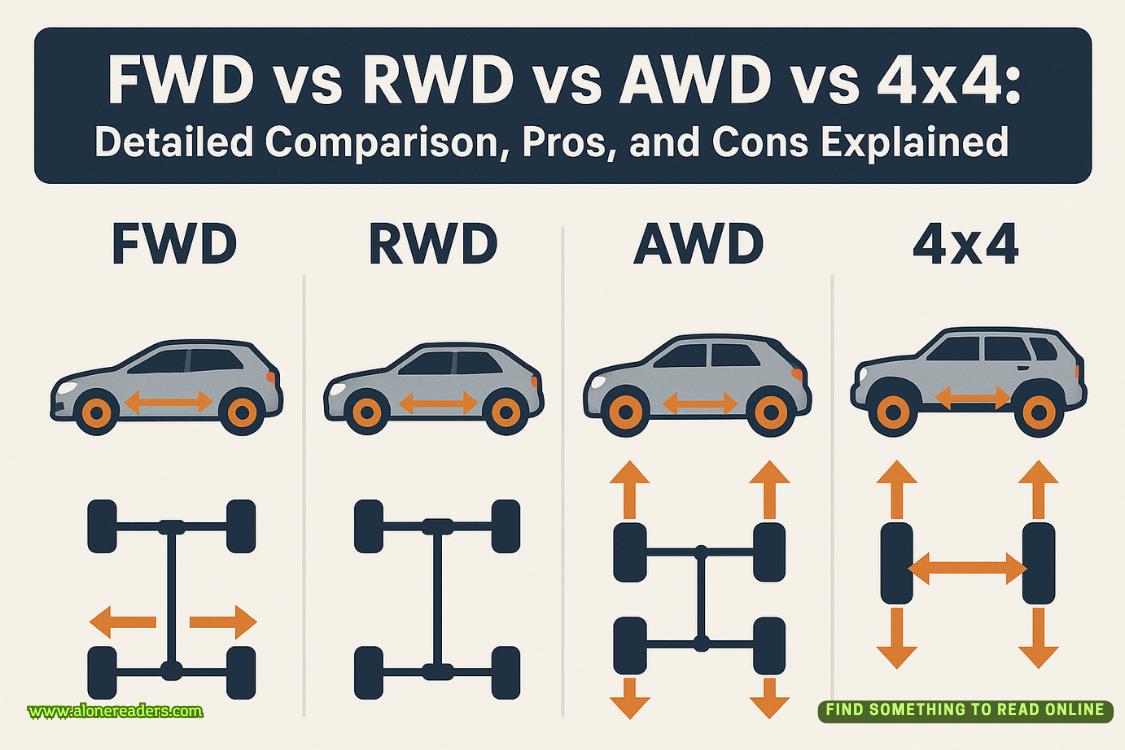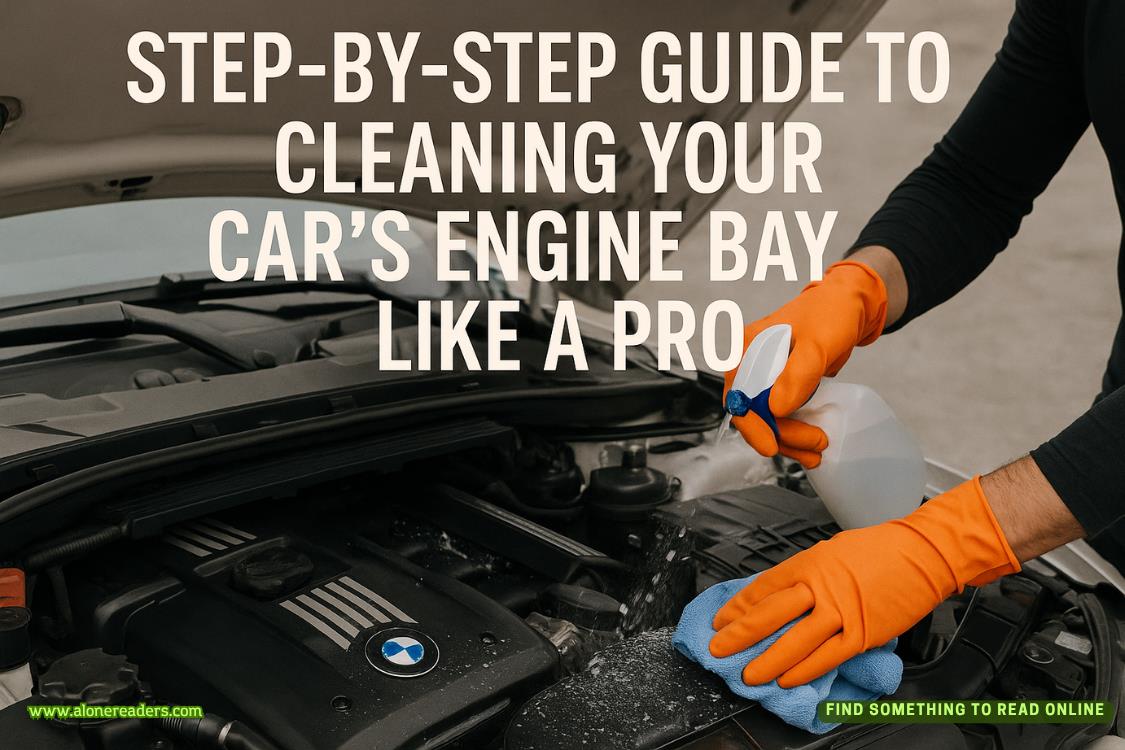Page 28 of Gone With the Wine
We argue about a few things; we all have different priorities when it comes to the winery. For me it’s all about the wine, of course. But we manage to come to consensus on the decisions we need to make now.
“Okay, I think that’s good for today,” Rosa eventually says. “Next we need to work on our sales and marketing plan. We really need to nail down our branding.”
“I can help with that!” Allegra says.
“Okay.” I sit back in my chair. “Anything else you want to tell us before we end the call?” I ask Allegra.
She frowns. “What? What do you mean? What would I have to tell you?”
I pop up one eyebrow. “I don’t know…maybe what you’ve been doing, who you’re with, what the weather there is like?”
“Ahahaha. Funny. Okay. Gotta go. Bye!”
Rosa and I exchange glances as I tap the screen on my phone to end the call.
“She’s acting weird,” Rosa says.
“She always acts weird.”
She snorts. “True.”
Okay, that’s settled. Why am I so invested in this? I don’t even plan to stay long enough to see how the wine turns out.
But I care.
Chapter6
Jansen
“How was the fair?”
Diego, Antonio, and I are walking in the vineyard. I glance at Diego. “It was okay. Kind of fun. I learned some stuff about wine blends.”
“Huh. That’s good.”
Diego pauses and plucks a grape from the vine. He pops it in his mouth.
We’re looking at the grapes to see if we’re ready to start harvesting.
Diego makes a face. “I wish I had more experience with this.”
Antonio tries one, too.
The grapes look good to me—fat and purple. I might as well try one, but I have no idea what I’m looking for. Yep. Tastes like a grape. “This tastes pretty good to me.”
“It can taste good a while before they’re ready to pick,” Antonio says. “I think they need longer.” He makes a face. “I’m used to working with the winemaker to decide.”
Both these guys know what they’re doing in their own jobs. Antonio is my cellar manager. He was working as the cellar assistant until I bought the place, which involves a lot of stuff—moving wine, topping, filtration, cleaning and sanitizing the equipment, helping with bottling, and, like pretty much everyone here, helping with the harvest. He just doesn’t have a lot of experience with actual winemaking. Diego looks after the vines—pruning them and trellising them, monitoring soil moisture, monitoring pests and diseases, and overseeing the harvest. And yeah, he knows how to assess the grapes for ripeness, but the winemaker needs to be involved, too.
Except I don’t have a winemaker.
“Let’s check the Brix.” Diego holds up some kind of tool, then plucks a bunch of grapes and squeezes them over it. The juice drips into a well. “The sugar in the grapes is measured in degrees Brix,” he explains to me. “It should be between nineteen and twenty-five degrees. We can also check the pH and TA levels.”
I know most of that. “TA?”
“Titratable levels. A good target for red wine is generally six point five to seven point five grams per litre.”
“This feels like chemistry class.”















